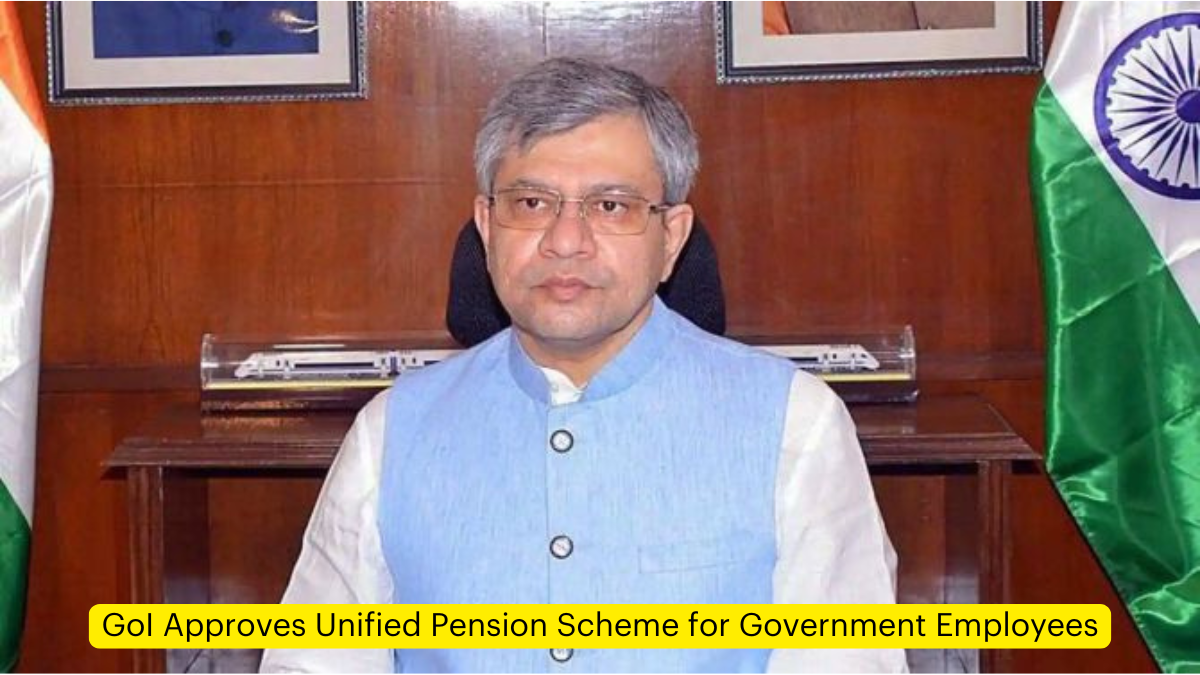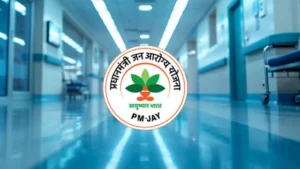In a significant move to enhance retirement benefits for government employees, the Union Cabinet on Saturday approved the Unified Pension Scheme (UPS). This new scheme is set to benefit approximately 23 lakh government employees and will serve as an alternative to the existing National Pension System (NPS).
Background
The decision comes after a thorough review of the current pension system. In 2023, the finance ministry established a committee led by finance secretary TV Somanathan to evaluate the National Pension System for government employees. The NPS, which has been in effect since April 1, 2004, will now coexist with the newly introduced UPS.
Key Features of the Unified Pension Scheme
Assured Pension
One of the most notable features of the UPS is the assured pension. Employees who have completed a minimum qualifying service of 25 years will be entitled to a pension that is 50% of the average basic pay drawn over the last 12 months prior to superannuation. This provision ensures a stable and substantial income for retirees.
For those with shorter service periods, a proportionate plan has been put in place. Employees with a minimum of 10 years of service will also be eligible for pension benefits, albeit at a reduced rate commensurate with their years of service.
Family Pension
The UPS also introduces an assured family pension. In the unfortunate event of an employee’s death, their family will receive a pension at the rate of 60% of the employee’s pension. This provision offers crucial financial support to the families of deceased government employees.
Minimum Pension Guarantee
To ensure a basic standard of living for all retirees, the UPS establishes a minimum pension of Rs. 10,000 per month. This benefit is available to employees who have completed a minimum of 10 years of service and have reached superannuation.
Inflation Protection
Recognizing the impact of rising costs on retirees, the UPS includes provisions for inflation indexation. This feature applies to the assured pension, assured family pension, and the minimum pension. Additionally, Dearness Relief will be provided based on the All India Consumer Price Index for Industrial Workers (AICPI-IW), similar to the benefit extended to current service employees.
Lump Sum Payment
Upon superannuation, employees will receive a lump sum payment in addition to their gratuity. This payment will be calculated as 1/10th of the monthly emoluments (pay plus Dearness Allowance) as on the date of superannuation for every completed six months of service. Importantly, this lump sum payment will not reduce the quantum of the assured pension.
Eligibility and Implementation
The Unified Pension Scheme is set to take effect from April 1, 2025. However, its benefits will extend retroactively to those who have already retired or will retire up until March 31, 2025, with arrears being provided.
Information and Broadcasting Minister Ashwini Vaishnaw highlighted that the scheme will positively impact approximately 23 lakh government employees.
Transition from NPS to UPS
Current subscribers to the National Pension System will have the option to switch to the UPS from the next financial year. This flexibility allows employees to choose the scheme that best suits their retirement planning needs.




 Pradhan Mantri Matru Vandana Yojana Comp...
Pradhan Mantri Matru Vandana Yojana Comp...
 Govt Launches Market Access Support Sche...
Govt Launches Market Access Support Sche...
 Ayushman Bharat Expansion and Digital He...
Ayushman Bharat Expansion and Digital He...







